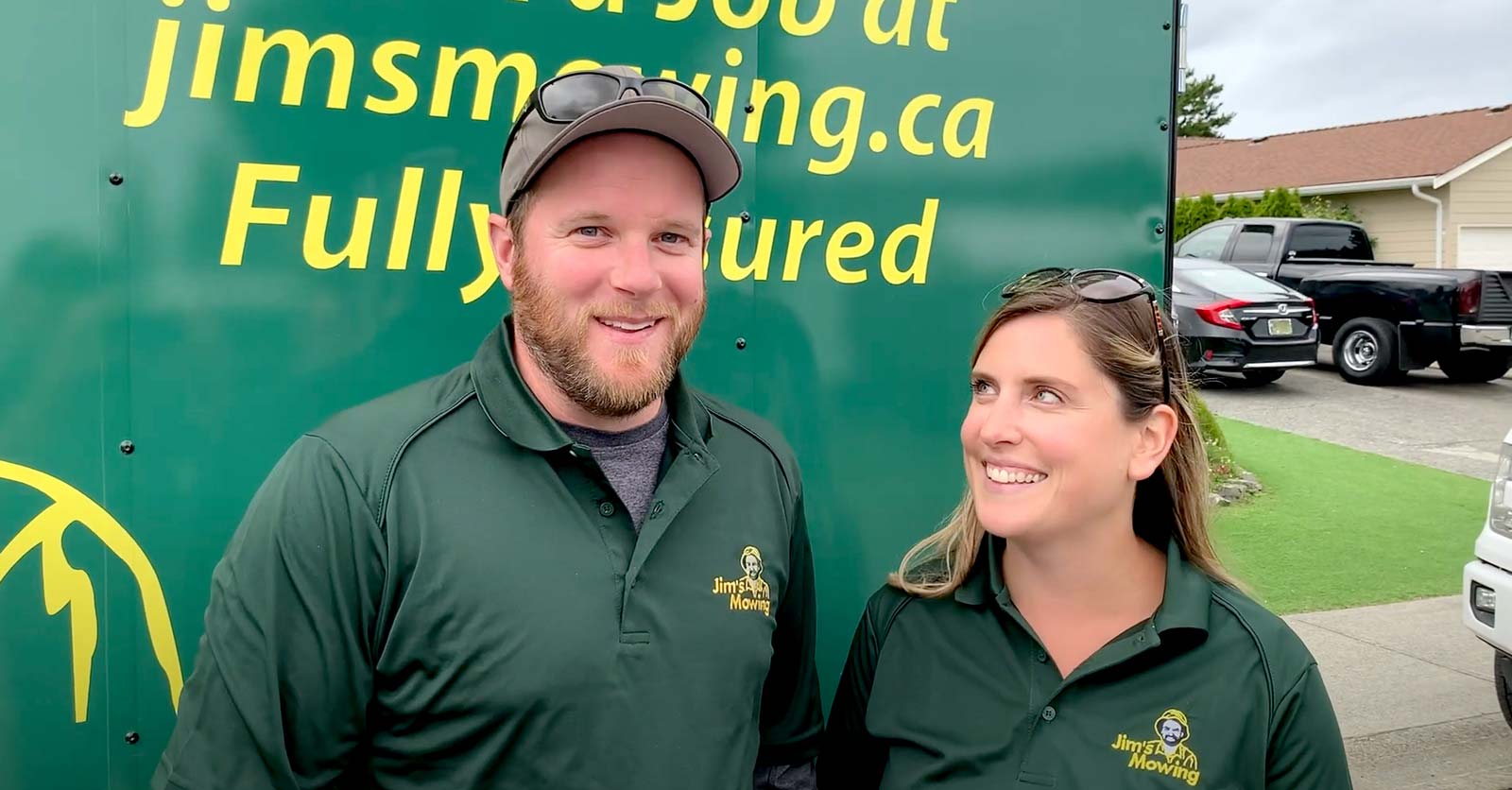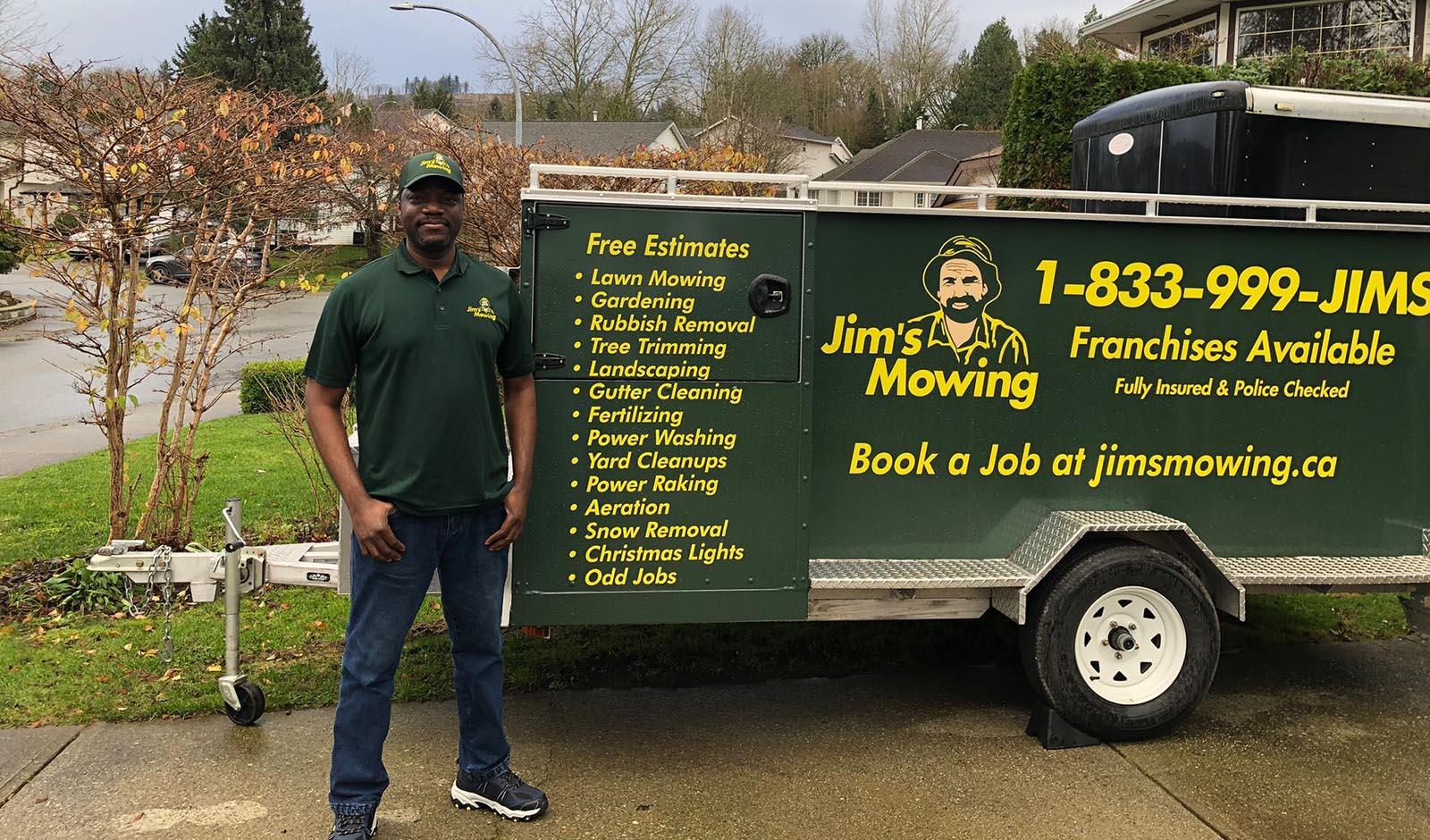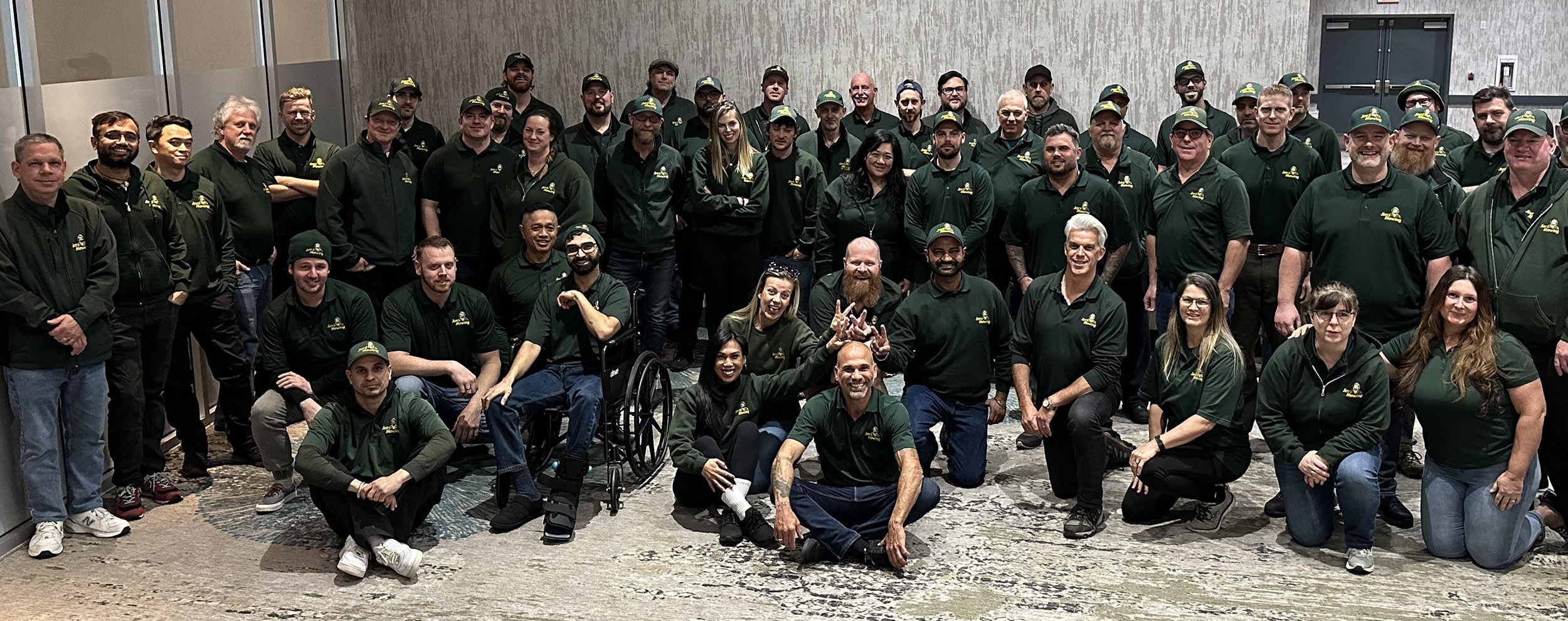
In today’s landscaping industry, the shift towards eco-friendly practices isn’t just a trend—it’s a necessity driven by environmental consciousness and regulatory requirements. As a potential franchisee of Jim’s Mowing, embracing these practices not only aligns your business with global sustainability goals but also enhances customer satisfaction and operational efficiency. This comprehensive guide explores essential eco-friendly considerations in landscaping, offering insights and strategies to integrate these practices into your operations effectively.
Why Eco-Friendly Landscaping Matters
Eco-friendly landscaping prioritizes environmental stewardship, resource efficiency, and sustainable practices. By adopting these principles, you not only contribute to a healthier planet but also position your Jim’s Mowing franchise as a leader in quality and responsible service delivery. Here’s why eco-friendly landscaping should be a cornerstone of your business strategy:
Environmental Impact Reduction:
Water Conservation: Implementing efficient irrigation systems and drought-resistant landscaping techniques minimizes water usage and promotes soil health.
Native Plants: Choosing indigenous plant species reduces maintenance needs, conserves water, and supports local biodiversity, aligning with Jim’s Mowing’s commitment to community and environmental stewardship.
Energy Efficiency: Utilizing electric or battery-powered equipment reduces emissions and noise pollution, enhancing operational efficiency and demonstrating your commitment to sustainability.
Customer Satisfaction and Market Differentiation:
Growing Demand: Increasingly, customers prefer eco-conscious service providers. By offering sustainable landscaping solutions, you cater to a growing market segment and enhance customer loyalty.
Quality Assurance: Eco-friendly practices often translate into higher quality services, as they focus on long-term sustainability and environmental health.
Regulatory Compliance: Adhering to environmental regulations and standards ensures business continuity and enhances credibility within the community.
Operational Efficiency and Cost Savings:
Resource Optimization: Efficient use of water, energy, and materials reduces operational costs over time, improving profitability and sustainability.
Lifecycle Cost Analysis: Conduct lifecycle cost analyses to evaluate the long-term benefits of eco-friendly practices, including reduced maintenance costs and improved customer satisfaction.
Waste Management: Implementing recycling programs for green waste and utilizing sustainable materials minimizes landfill contributions and enhances operational efficiency.
Brand Reputation and Community Engagement:
Corporate Social Responsibility: Demonstrating a commitment to environmental responsibility enhances brand reputation and fosters positive relationships with stakeholders.
Educational Opportunities: Engaging with the community on eco-friendly practices builds awareness and supports local sustainability initiatives, positioning your franchise as a leader in environmental stewardship.
Best Practices in Eco-Friendly Landscaping
Sustainable Design and Planning:
Site Analysis: Conduct thorough site assessments to evaluate soil conditions, sun exposure, and existing vegetation, informing landscape design decisions.
Water-Efficient Landscapes: Design landscapes with water-efficient plants, grouping plants with similar water requirements and using mulch to retain soil moisture.
Water Conservation Strategies:
Smart Irrigation Systems: Install weather-based irrigation controllers and drip irrigation systems to optimize water distribution and reduce runoff.
Rainwater Harvesting: Capture rainwater for irrigation and other non-potable uses, enhancing water efficiency and reducing dependence on municipal water supplies.
Soil Health and Fertilization Practices:
Organic Amendments: Incorporate compost and organic fertilizers to improve soil structure, nutrient availability, and microbial activity, fostering healthy plant growth.
Integrated Pest Management (IPM): Adopt IPM strategies to control pests and diseases using biological controls and cultural practices, minimizing reliance on synthetic chemicals.
Energy-Efficient Operations:
Equipment Selection: Utilize electric or battery-powered equipment to reduce noise pollution, emissions, and fuel consumption, enhancing operational efficiency and environmental sustainability.
Equipment Maintenance: Regularly maintain equipment to ensure optimal performance and longevity, reducing downtime and repair costs.
Waste Management and Recycling:
Green Waste Recycling: Establish recycling programs for grass clippings, leaves, and pruning debris to produce compost or mulch for use in landscaping projects.
Material Reuse: Incorporate recycled materials, such as reclaimed wood and concrete, into landscape designs to minimize waste generation and promote sustainable practices.
Implementing Eco-Friendly Practices at Jim’s Mowing
Integrating eco-friendly practices into your Jim’s Mowing franchise operations requires commitment, education, and strategic planning. Here’s how you can align these practices with Jim’s Mowing’s core values and operational strategies:
Customer Education and Engagement:
Transparent Communication: Clearly communicate your use of sustainable practices, such as native plantings and organic fertilizers, to educate customers and build trust.
Client Consultations: Conduct thorough assessments and consultations with clients to understand their preferences and educate them on the benefits of eco-friendly landscaping solutions.
Educational Workshops: Host workshops and seminars to educate homeowners and businesses about the benefits of sustainable landscaping and Jim’s Mowing’s commitment to environmental stewardship.
Operational Efficiency and Cost Management:
Investment in Sustainability: Allocate resources for investing in energy-efficient equipment, sustainable materials, and employee training to enhance operational efficiency and cost-effectiveness.
Lifecycle Cost Analysis: Conduct lifecycle cost analyses to evaluate the long-term benefits of eco-friendly practices, including reduced maintenance costs and improved customer satisfaction.
Regulatory Compliance: Stay updated on environmental regulations and standards to ensure compliance and mitigate operational risks, enhancing business continuity and credibility.
Community Partnerships and Outreach:
Local Collaboration: Partner with local organizations, schools, and community groups to promote eco-friendly landscaping practices and participate in community sustainability initiatives.
Environmental Leadership: Position your Jim’s Mowing franchise as a leader in environmental stewardship by actively engaging in local sustainability projects and initiatives, fostering positive community relationships and enhancing brand reputation.
Continuous Improvement and Innovation:
Professional Development: Participate in Jim’s Mowing’s training programs and industry conferences to stay updated on eco-friendly trends, technologies, and best practices.
Innovation in Services: Explore innovative landscaping techniques, such as green roofs and vertical gardens, to offer differentiated eco-friendly services that meet evolving customer demands and differentiate your franchise in the competitive landscape market.
Embracing eco-friendly practices in landscaping isn’t just a business decision—it’s a commitment to sustainability, customer satisfaction, and community stewardship. As a potential franchisee of Jim’s Mowing, integrating these practices into your operations not only enhances environmental responsibility but also strengthens your brand reputation and market competitiveness. By implementing water conservation, native plantings, organic fertilization, energy efficiency, and waste reduction strategies, you can create vibrant, sustainable landscapes while contributing to a healthier environment and society. Start your journey towards eco-friendly landscaping with Jim’s Mowing today and make a lasting impact in your community.
Thinking of launching a lawn care business or franchise in BC? With household name brand recognition and over 80+ franchisees and 250,000+ loyal customers, Jim’s Mowing might be the right option for you. Learn more by watching our video series here. The video series will cover 95% of your FAQs and help you decide if a Jim’s Mowing franchise might be right for you.







